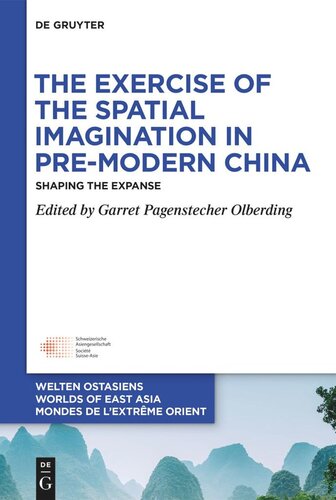

Most ebook files are in PDF format, so you can easily read them using various software such as Foxit Reader or directly on the Google Chrome browser.
Some ebook files are released by publishers in other formats such as .awz, .mobi, .epub, .fb2, etc. You may need to install specific software to read these formats on mobile/PC, such as Calibre.
Please read the tutorial at this link: https://ebookbell.com/faq
We offer FREE conversion to the popular formats you request; however, this may take some time. Therefore, right after payment, please email us, and we will try to provide the service as quickly as possible.
For some exceptional file formats or broken links (if any), please refrain from opening any disputes. Instead, email us first, and we will try to assist within a maximum of 6 hours.
EbookBell Team

4.4
82 reviewsOpen Access
This volume is distinctive for its extraordinarily interdisciplinary investigations into a little discussed topic, the spatial imagination. It probes the exercise of the spatial imagination in pre-modern China across five general areas: pictorial representation, literary description, cartographic mappings, and the intertwining of heavenly and earthly space. It recommends that the spatial imagination in the pre-modern world cannot adequately be captured using a linear, militarily framed conceptualization. The scope and varying perspectives on the spatial imagination analyzed in the volume’s essays reveal a complex range of aspects that informs how space was designed and utilized. Due to the complexity and advanced scholarly level of the papers, the primary readership will be other scholars and advanced graduate students in history, history of science, geography, art history, religious studies, literature, and, broadly, sinology.